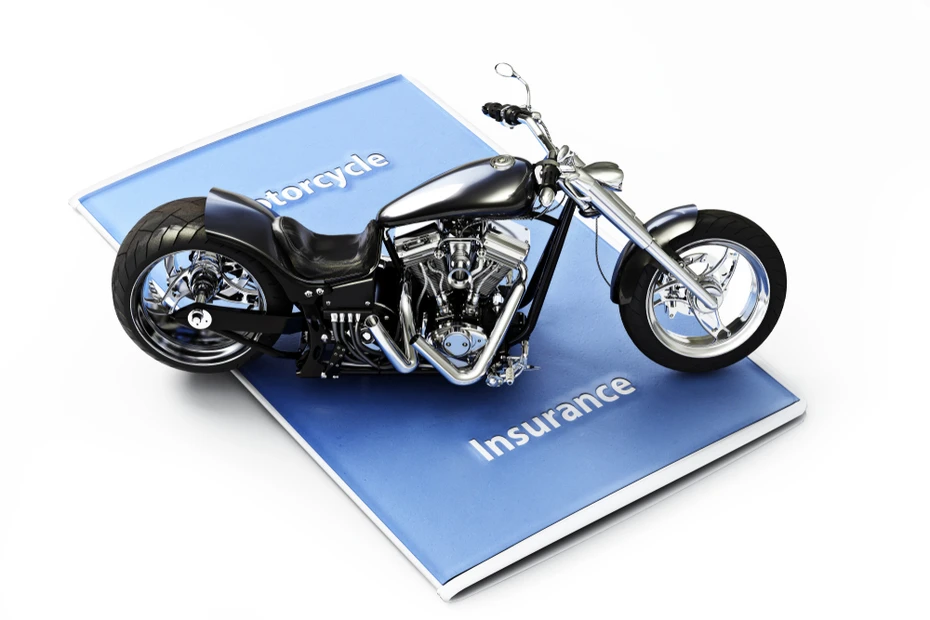How to Drive a Motorcycle Safely on Busy Indian Roads?
Essential Tips for Riding a Motorcycle Safely on India's Busy Roads
A motorcycle ride in India is nothing short of a rollercoaster ride. It can be overwhelming and thrilling at the same time. The sheer stress of getting into a road accident due to tricky fellow two-wheeler riders can be too much for anyone. Avoiding accidents on Indian roads requires a mix of familiarity with the general traffic rules, the crowd, sheer grit and the confidence to handle difficult situations. However, there has been some improvement in the riding environment. With the rise in the number of two-wheeler drivers, it has become the need of the hour to learn about Indian traffic safety tips to drive a motorcycle safely on busy Indian roads. This article explores the different ways to steer clear of unnecessary road rash drama while travelling on Indian roads.

Understanding the Indian Road Environment
First things first. Indian roads are not meant for the faint-hearted. Our economy is experiencing a never-before-seen boom and that has enabled most of the population to own and ride vehicles at leisure. However, one must consider the fact that very little people like to follow two-wheeler safety rules while taking up the task of driving on Indian roads. Understanding the traffic dynamics, buying suitable two-wheeler vehicles and familiarising oneself with the right safety gear are some of the best ways to drive a motorcycle safely on busy Indian roads.
Traffic Dynamics
In a country that has a population of close to 1.46 Billion people, traffic is inevitable. Riding a two-wheeler on Indian roads can become chaotic and challenging, all at once. Motorcycles share the road with cars, buses, auto-rickshaws, bicycles, and pedestrians. The traffic can often feel chaotic, with vehicles frequently changing lanes and ignoring conventional rules. Understanding these dynamics is crucial for safe riding.
Road Conditions
Road conditions in India vary significantly. While some highways are well-maintained, many urban roads can be riddled with potholes, speed bumps, and debris. Riders must be prepared for sudden obstacles and varying road surfaces.
Essential Safety Gear
Protective Equipment
Wearing appropriate safety gear is non-negotiable for motorcycle riders. Essential gear includes:
Helmet: A good quality helmet is vital for head protection. Ensure it meets safety standards and covers your jaw.
Jacket: A padded jacket can protect against abrasions in case of a fall.
Gloves: These provide grip and protect your hands from injuries.
Pants: Consider wearing riding pants with knee protection.
Boots: Sturdy footwear protects your feet and ankles.
Investing in protective gear not only enhances safety but also adds to comfort during rides.
Visibility Enhancements
To improve visibility on the road:
Use reflective bands on your helmet and motorcycle.
Opt for bright-colored gear to stand out against the backdrop of traffic.
Ensure that your motorcycle's lights are functioning properly.
Mastering Traffic Rules
Adhering to Traffic Laws
Understanding and following traffic laws is crucial for safe riding. Key points include:
Drive on the Left: In India, vehicles drive on the left side of the road. Be mindful of this, especially when navigating intersections.
Speed Limits: Always adhere to posted speed limits. Adjust your speed based on road conditions and traffic density.
Red Lights: Never jump red lights; patience can prevent accidents.
Defensive Riding Techniques
Defensive riding involves anticipating potential hazards and being prepared to react. Here are some strategies:
Maintain a safe distance from other vehicles to allow for sudden stops.
Be cautious around larger vehicles like buses and trucks that may have blind spots.
Always check mirrors before changing lanes or making turns.
Riding Strategies for Busy Roads
Managing Speed
Maintaining an optimal speed is essential for control. When riding:
Adjust your speed according to traffic flow; avoid excessive speeding in congested areas.
Slow down when approaching intersections or crowded areas where pedestrians may cross unexpectedly.
Navigating Through Traffic
In heavy traffic:
Look for gaps between vehicles to maneuver safely without weaving aggressively.
Keep your motorcycle moving rather than stopping completely; this reduces the risk of being rear-ended.
Dealing with Night Riding
If you must ride at night:
Use high-beam lights when appropriate but switch to low-beam when facing oncoming traffic.
Wear reflective gear to enhance visibility.
Be extra cautious of pedestrians and animals that may appear suddenly.
Preparing for the Ride
Vehicle Maintenance
Regular maintenance of your motorcycle is crucial for safety. Key maintenance checks include:
Tire pressure: Ensure tires are properly inflated for better handling.
Brake function: Test brakes regularly to ensure they respond promptly.
Fluid levels: Check oil and coolant levels before long rides.
Practice Makes Perfect
Before hitting busy roads, practice riding in less congested areas until you feel comfortable with your motorcycle's handling characteristics. Familiarize yourself with its controls and performance capabilities.
Get A Robust Bike Insurance Policy
As the traffic in India is highly volatile, it is always better to be safe than sorry. If you own a two-wheeler or a four-wheeler, you must buy a car or bike insurance as a safety net. In addition to providing financial safety, a bike insurance policy enables policyholders to be law abiding citizens by adhering to the rule of owning a bike insurance. One can refer to online insurance aggregators and decide on an insurance company having insurance policies tailor-made for your driving and traffic needs.
Conclusion
India is fraught with road accidents daily. No amount of stringent traffic rules can dissuade people from driving recklessly, causing danger not only to themselves but to others as well. In such circumstances, it is better to be well-prepared for such road mishaps. The motorcycle safety tips mentioned above can help one navigate the intricate traffic landscape on Indian roads, ensuring that they do not cause any unwarranted damage to the general public. Finally, always remind yourself that no traffic signal is worth violating unless your life depends on it. Safety always comes first. Being a bike rider, your goal must not be to inconvenience the pedestrians and other motorists but to adhere to the safety rules so you don’t become an example of hazardous driving on Indian roads.














































